In 2018, as teacher protests were sweeping the country, TIME spoke with several teachers who described how wage stagnation and budget cuts were affecting their lives, forcing them to take on second jobs and spend hundreds of dollars of their own money on school supplies or preventing them from being able to afford children of their own. Two years later, as educators face an entirely new set of challenges caused by the coronavirus pandemic, we followed up with these teachers to see how they’re preparing for an unprecedented school year.
Read their stories below. Comments have been condensed and edited for clarity.
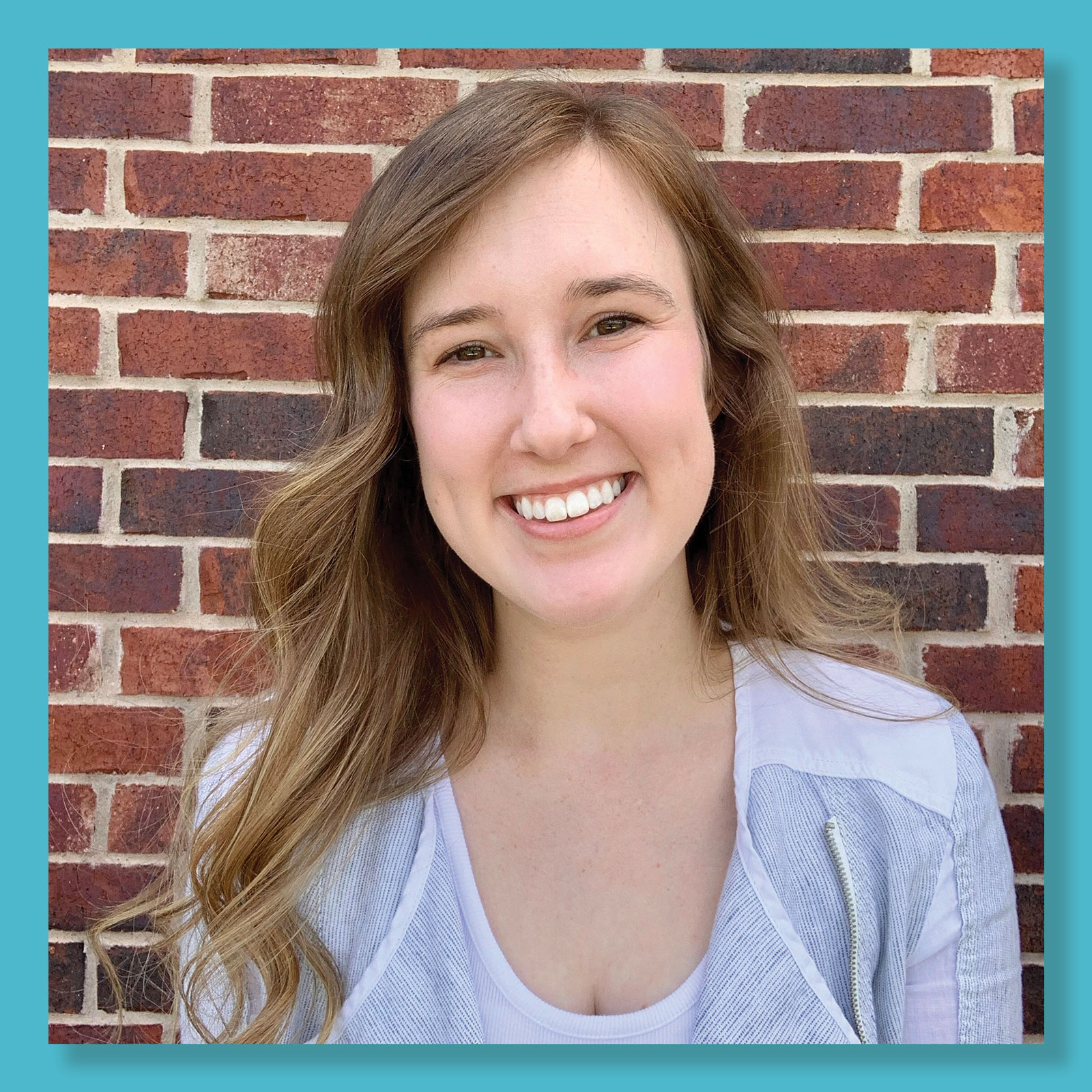
Kara Stoltenberg, 30
Language arts teacher at Norman High School in Norman, Oklahoma, which started the school year virtually on Aug. 24
As a teacher, I don’t feel like a lot has changed in the last few years. Oklahoma teachers did get a pay increase, which was awesome. My salary is now about $41,000. It had really felt paycheck-to-paycheck, and now I am able to save, and budgeting feels much less stressful. But the state of Oklahoma still has work to do. We still need a lot more funding for education. Class sizes are still large. I still buy a lot of my own supplies.
I am relieved that we started the school year virtually. It’s been a whirlwind and everyone is being asked to do more than they can do in a day, so I’m just trying to be patient and offer solutions when I can come up with them.
The first day of school — it’s so cheesy — but it can be really magical, and it’s just so fun seeing the kids excited to be around their friends and to be back together as a community. It does feel like we’re really missing that this year. I am teaching in an empty classroom, and it’s kind of sad. But it was so nice to actually interact with students, even virtually, because the school has felt so empty.
I am teaching in an empty classroom, and it's kind of sad.
My colleagues and I have been stressed since spring break because we care, and we’re worried and we know the ins and outs of our jobs, and we know that what the CDC is recommending for in-person learning just isn’t really feasible, considering the lack of funding that we’ve had for a decade.
I’m not an online teacher. I’ve not been trained to do any of this, and I don’t want my students to be at a loss because I am in uncharted territory. I just hope people know that we are trying our absolute best, and it’s hard to make a decision that pleases everyone. It just feels like an impossible situation.
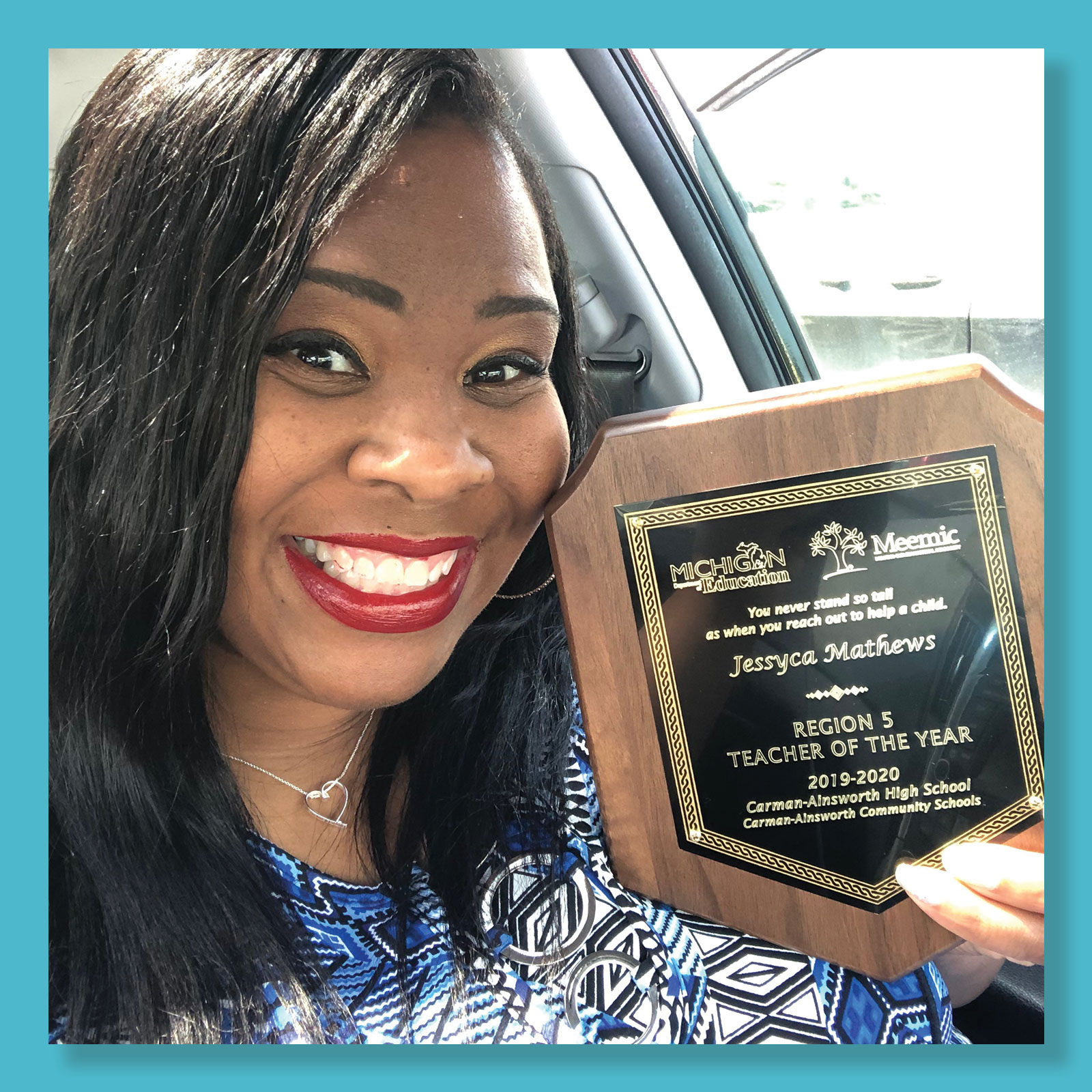
Jessyca Mathews, 43
English teacher at Carman-Ainsworth High School in Flint, Michigan, which is planning to begin the school year remotely through the month of September
Michigan was one of the states that was heavily affected by COVID-19 first. My students have lost family members, and there’s a lot of trauma we are not addressing. When COVID hit, I had kids who were texting me in the middle of the night, and I answered them every single time. As the school year starts, care needs to come before content. We cannot just hop in and learn algebra.
This whole situation is a reflection of all the things that were wrong with education before COVID hit. Everyone knows equity is a huge problem. Everyone in education knew that the lack of technology was a problem. The large number of students who did not have the tools to do any kind of learning at home was already tremendous. You’re already leaving them behind. Some schools have everything they need to do everything, and they’re majority-white and they’re middle-class schools. Everyone else is sitting back, going, ‘We’ve never had what we needed. But now we’re supposed to just make it work in the middle of a pandemic?’ The pandemic exposed all of those things.
This whole situation is a reflection of all the things that were wrong with education before COVID hit.
Starting the school year virtually is the safest option. By no means is it the easiest. It will be incredibly hard for teachers to do their job. I’ve been thinking about what I can do to have a space of respect, love and liberty for all of us. That’s really hard in a virtual space. But safety and care are supposed to be at the forefront all the time in education. So if virtually doing education is the way for us to protect everyone during this time, that is what we should be doing. I want to be safe. People say, ‘Teachers aren’t working.’ We’re working harder than ever.
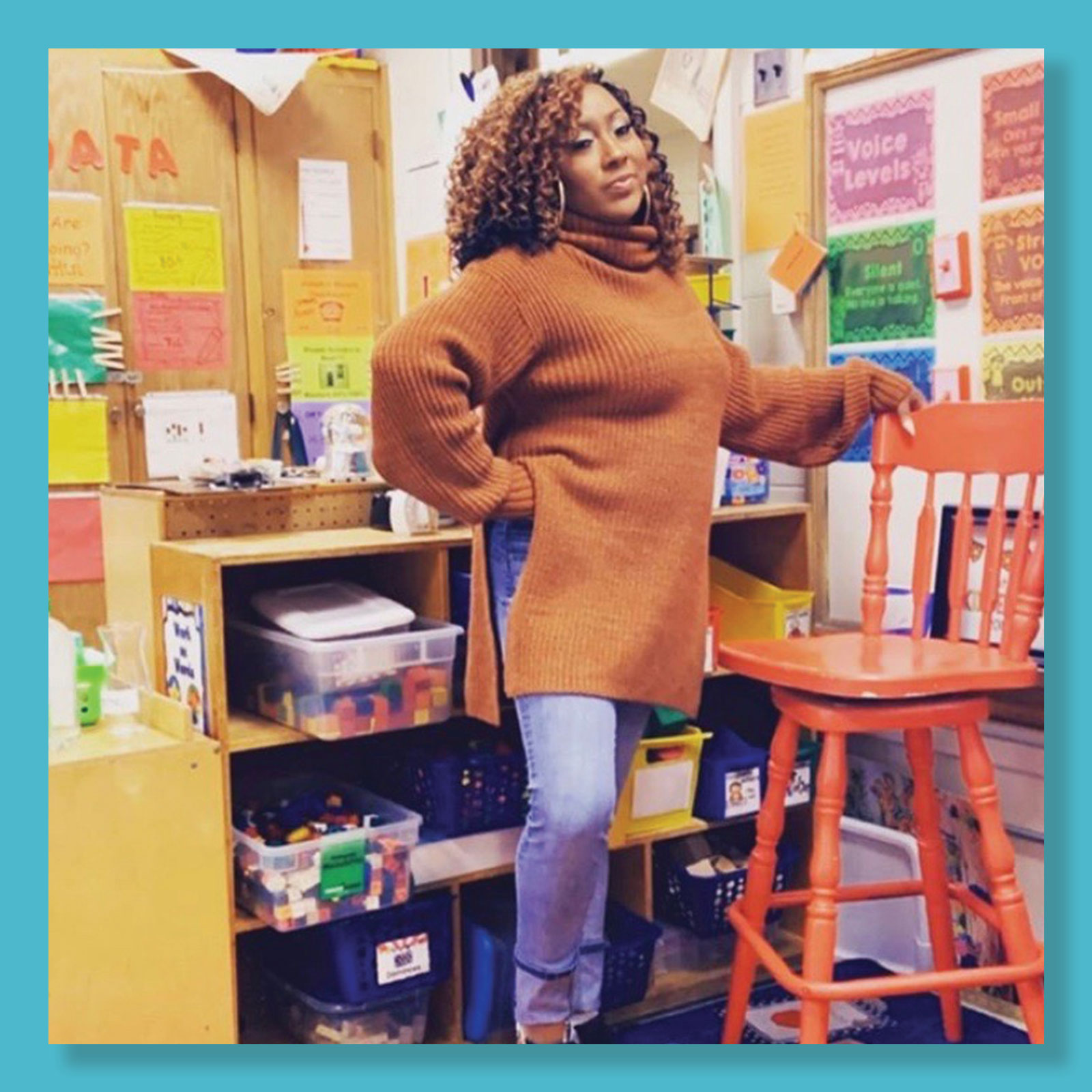
Shontèe Branton, 36
First-grade teacher at Eddie Bernice Johnson Elementary School in Wilmer, Texas, which will begin the school year with distance learning until at least Oct. 6
Teaching first graders virtually this spring was tough. It’s easier for bigger kids because they know how to navigate through the various programs, and most high school kids already do a lot of learning with technology. For our students, it was a challenge because they could not do the programs by themselves. They had to have help. I had a few parents who were working, and they couldn’t just stop and help their child. A lot of parents were overwhelmed, so I went through each assignment and videotaped myself doing it, showing them how to circle a noun in a sentence or count money. I had some grandparents who were raising their grandchildren, and the technology was just over their head, so I drove to their homes and gave them actual packets to work on.
Teaching virtually was a lot more work than actually teaching in class.
I feel most children learn better when they’re in the classroom, where we can do more exploring. I know the benefits of them socially interacting with their peers and learning from their peers. I just want leaders to do what’s best for the children. At the end of the day, I’m one person and there are millions of children out there who need to be educated.
Some people feel like teachers just don’t want to go to work, and that’s not true. A lot of teachers have underlying health conditions and concerns, and we’re fearful for our babies. We see different people hosting meetings virtually, and then they’re telling us, ‘Just send the kids to school.’ We want them to be safe. We’re going to have to work regardless, whether it’s virtually or at school. Teaching virtually was a lot more work than actually teaching in class. But we want what’s best for the kids.

Jacob Fertig, 33
Art teacher at Riverside High School in Belle, West Virginia, which is planning to begin in-person learning for some students in September
Part of my concern with school reopening is that nationwide, about a quarter of our teachers are in the age range where this is really dangerous. They’re playing Russian roulette with the most experienced educators. I just had a conversation with a group of teachers, and it’s so bad that I know a couple of them are leaving. They’re done.
School principals shouldn’t be the ones having to make life-or-death decisions for our communities. It’s not on our backs how the economy does. But every time there’s a crisis in our communities, in some ways, there’s the perception that we’re supposed to be the ones handling it.
They're playing Russian roulette with the most experienced educators.
Are we going to get the materials we need? Are there going to be enough masks? That’s going to cost more money that we don’t have. A significant percentage of our school-aged students are living with a grandparent, and even if you argue the virus doesn’t affect kids as severely, it does affect old people. If their grandparents die, they don’t have anybody else. I’ve got students who are working full-time. These kids are trying to keep their households afloat.
Those problems are so much bigger than what their grades are. To me, it’s ridiculous that going back to school is the hill to die on for some people. Why don’t you say, ‘Right now is not a good time. We’ll put it online.’ There are children that are having to live adult lives right now. Stop trying to force this thing. We’ll get there. But right now, you’re creating a whole lot of stress.

Grant Ruby, 42
Math teacher at Lincoln High School in Tacoma, Washington, which will begin the school year remotely
A lot of high school kids don’t like math. And one of the ways that I convince them just to show up to class is by being the goofy teacher who cares about them. It’s going to be a lot harder to be that person on a computer screen, when I don’t have that opportunity to have those one-on-one conversations or even stand at my classroom door and welcome every student into the classroom.
It's better than being in person and crossing our fingers, hoping no one dies.
It’s going to be really interesting to see how engagement online this year compares to engagement in my regular classroom when it’s not a pandemic, and I expect it to decrease significantly. During the spring, I only had about 10% of my students engaging each week in remote learning. I don’t expect as many students to pass classes this year as do normally, just because it’s going to be a lot easier to check out. If a kid is on a computer screen, how do I know that they’re engaged with what I’m talking about? How do I know they’re not on their phone?
It’s better than being in person and crossing our fingers, hoping no one dies. Certainly it’s not ideal. I would rather be in person with my kids, but I can’t be right now. I got into teaching because I wanted to spend time with kids all day. I want to mentor them. I am in a position to share my knowledge and experience and goofiness with young people and hopefully improve their lives and have fun. I don’t know if I’m really going to be doing that this year.
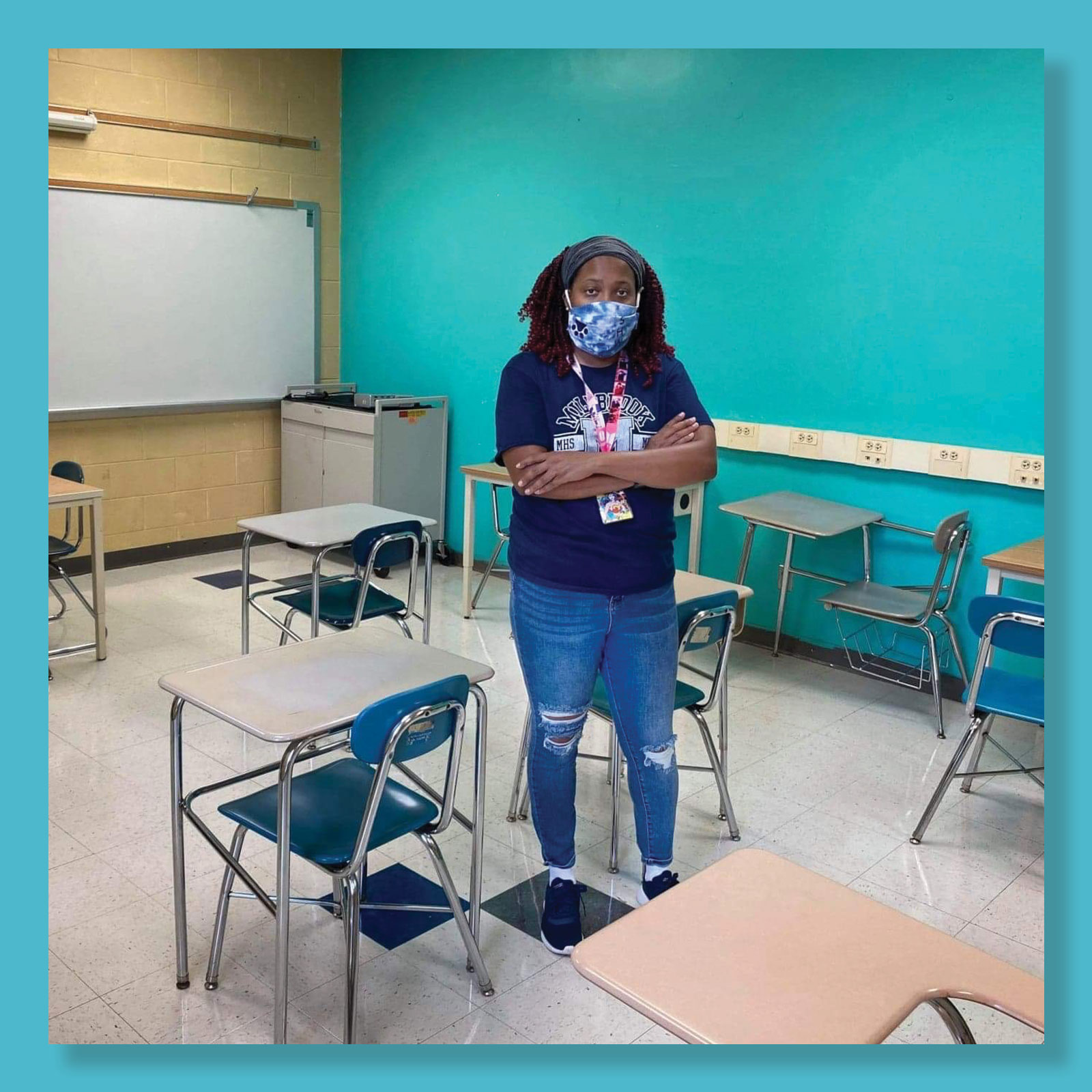
NaShonda Cooke, 45
Special education teacher at Millbrook Magnet High School in Raleigh, North Carolina, which began the school year virtually on Aug. 17
Meeting students for the first time virtually, I wasn’t sure what to expect, but it hasn’t been as difficult because they’re in the comfort of their home, and we’ve done different ice breakers that actually work at home — find an object in your house and show it to us and tell us what it means to you. I’m still building relationships with them, and this is an opportunity to do it on a different level.
We don't want our kids to get the short end of this pandemic.
But I’m absolutely hoping to go back in person eventually because my students need it and so do I. I’m an eighth-generation educator. It’s something that is a part of me, being able to give them a hug and have a conversation and look them in the eyes.
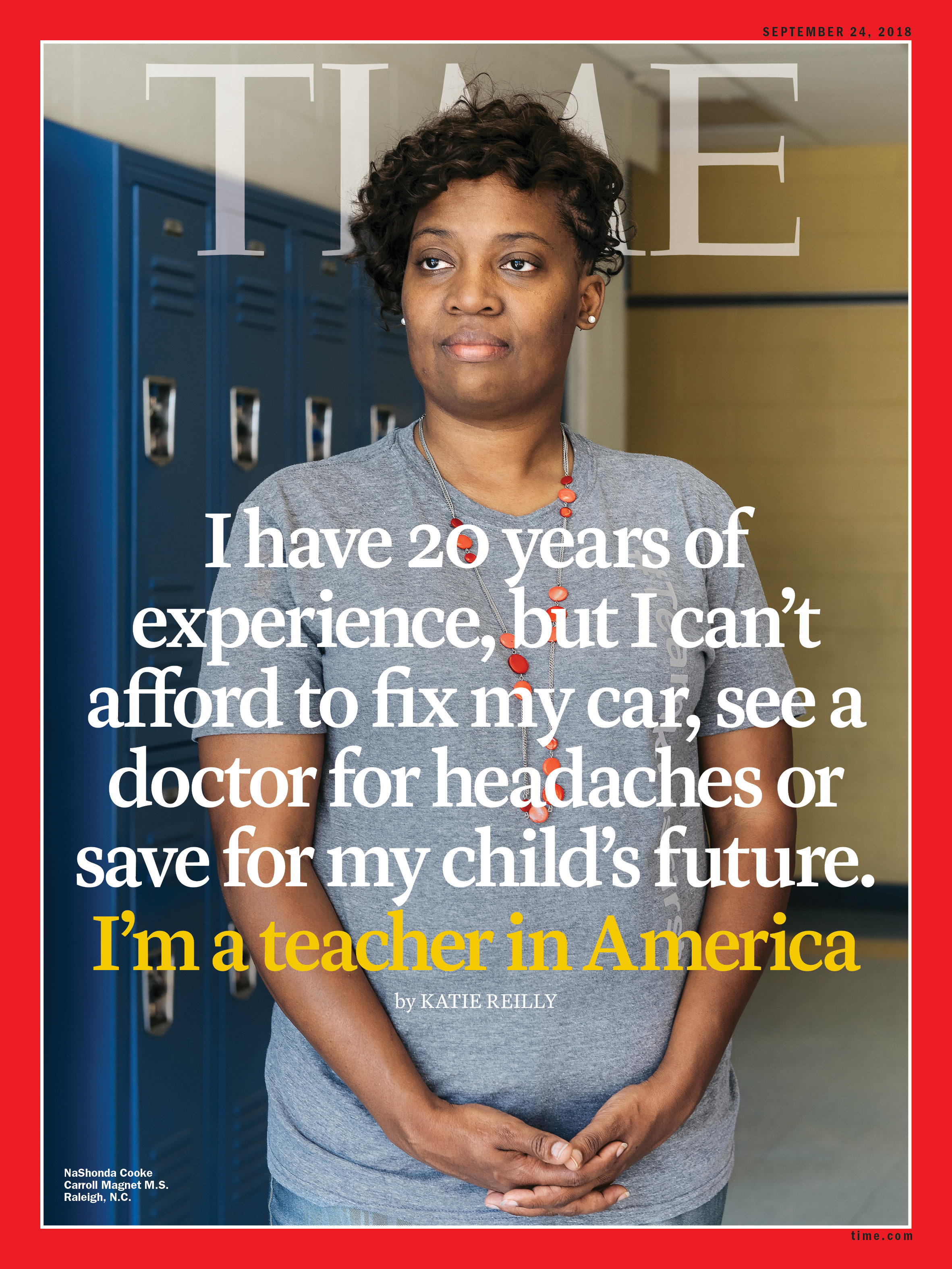
I’m able to do a lot of things online. But I can’t give them that boost of confidence. I can’t make eye contact when they need that, when that lightbulb moment is flickering and they need to see that safe space, even if just looking at me reminds them to have the courage to ask a question or give an answer. I can’t do that online.
I think teachers are doing what we’ve always done — we’ve taken what we’ve been handed and we are making sure that our students get the best educational experience possible. And we are continuing to stay up late at night, trying to figure out how to make that happen. We don’t want our kids to get the short end of this pandemic and lose out on things that they have a right to, things that they so desperately need.

Nathan Bowling, 40
Social studies and AP Government and Politics teacher at the American Community School of Abu Dhabi, an international private school that is welcoming students back for in-person instruction with alternating schedules
I left Lincoln High School in Tacoma, Washington last year to teach abroad. I’ve been told repeatedly that schools abroad want American teachers, in particular, because if you can teach and thrive in an American public school, you can teach and thrive anywhere. What’s different now is my day is more realistic. I have more planning time, I have smaller class sizes and my students are set up for success by having their basic life needs met in a way I haven’t experienced at other points in my career.
If I was teaching in the United States, I would have way more concerns given the way things are right now.
The job description of a teacher in a prototypical American public school, in particular a high-poverty school, is very long — teacher, counselor, social worker. Society does not care or does not acknowledge that for millions of low-income students, basic life needs are not being met, and the burden to fill those gaps often falls to teachers. At my current school, my students’ needs are being met, so my job is just to teach.
There are about 10 million people in the United Arab Emirates, a population slightly greater than Washington state or New York City. Throughout the pandemic, there have been about 370 COVID-19 deaths in the UAE — a fraction of the deaths in Washington state or New York City. Because of the way they handled the virus, demonstrating competent leadership, we’re going back to school face-to-face with a modified schedule this fall. If I was teaching in the United States, I would have way more concerns, given the way things are right now.

Binh Thai, 43
Humanities teacher at University Neighborhood Middle School in New York City, where school is slated to start with a mix of in-person and remote learning in September
The spring was really like emergency teaching. We had very little time to prepare for remote learning. Attendance was an issue. I had students performing in the 90th percentile who just disappeared. I contacted parents, just to check in on the social and emotional state of the students, as well as their family. I stressed over how to maintain their learning and get them to grow academically, when they weren’t coming to class consistently. A lot of the systems and the classroom routines that we had established from the beginning of the year fell apart.
I'm afraid of students just sitting there in silence.
I received a medical accommodation to teach remotely this fall. My biggest concern is that I’m teaching incoming sixth graders. I’ve never met them before. They’re brand new students. Building a relationship with them where they can trust me as a facilitator of their learning — I think that’s the biggest worry I have right now. We won’t get to play games and we don’t get to plant the garden that we normally do every year — things that I feel are central to my classroom community and what gets students to trust me enough to ask for help. I’m afraid of students just sitting there in silence for 30 school days and not knowing how to make it better. There’s nothing I can do to force them to participate. We’re preparing to revamp our curriculum, so that it’s a lot more responsive to the students.

Hope Brown, 54
U.S. history teacher at Woodford County High School in Versailles, Kentucky, which is beginning the school year virtually and planning to resume in-person instruction in September
The pandemic has changed everything about teaching. I’m worried about both the potential health risks of going back in person and also the loss of the learning environment we had. In classrooms, if possible, we’ll all have to do six feet of social distancing and wear masks. It’s almost like I have to go back to standing in front of the room and lecturing to kids who are sitting all in one direction — not working together, not analyzing together, not collaborating, not being creative. To me, it just feels so dry and institutionalized.
It's just an awful situation to be in.
There won’t be assemblies or pep rallies. The marching band season has already been cancelled. Everything that makes kids like coming to school is just gone. I think maybe kids and families have in their head that it’s going to be like before COVID. But it’s not going to be anything like that.

I understand the desire to reopen. I understand it as a person who had small children at one time. A lot of it is because there’s such a need for parents to get back to work, and they have to have some place for kids to go. So I feel like that’s how we are viewed — just some place for kids to go while parents are working.
I don’t know what the solutions are to this. There are no good solutions. I’m worried for my students, I’m worried for my own kids. The district is trying to do the best they can. It’s just an awful situation to be in. And if we had had clear direction from the beginning of this, and it had not become politicized, then maybe we would be in a position where things were back to normal by the time school started.
More Must-Reads from TIME
- Cybersecurity Experts Are Sounding the Alarm on DOGE
- Meet the 2025 Women of the Year
- The Harsh Truth About Disability Inclusion
- Why Do More Young Adults Have Cancer?
- Colman Domingo Leads With Radical Love
- How to Get Better at Doing Things Alone
- Michelle Zauner Stares Down the Darkness
Write to Katie Reilly at Katie.Reilly@time.com